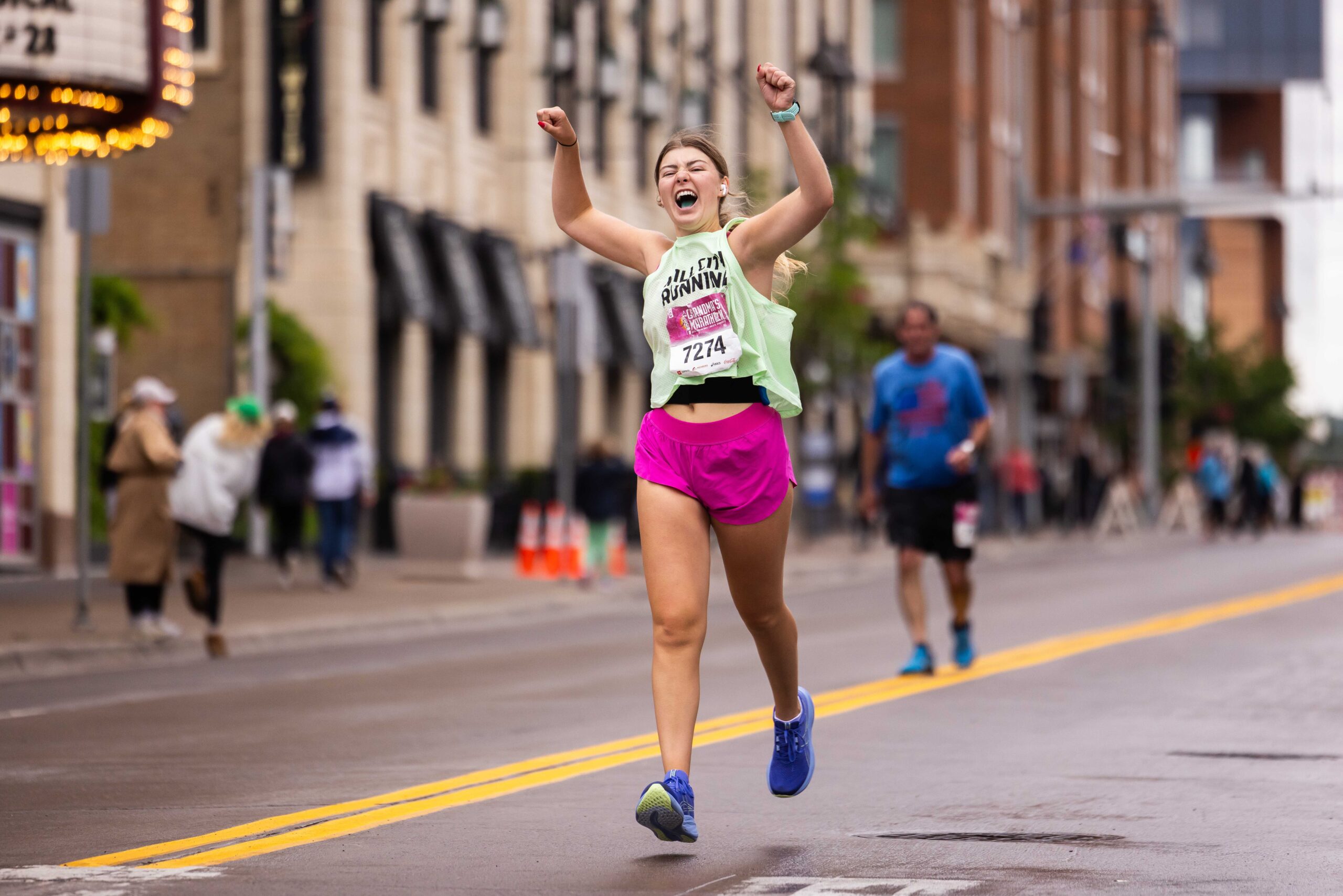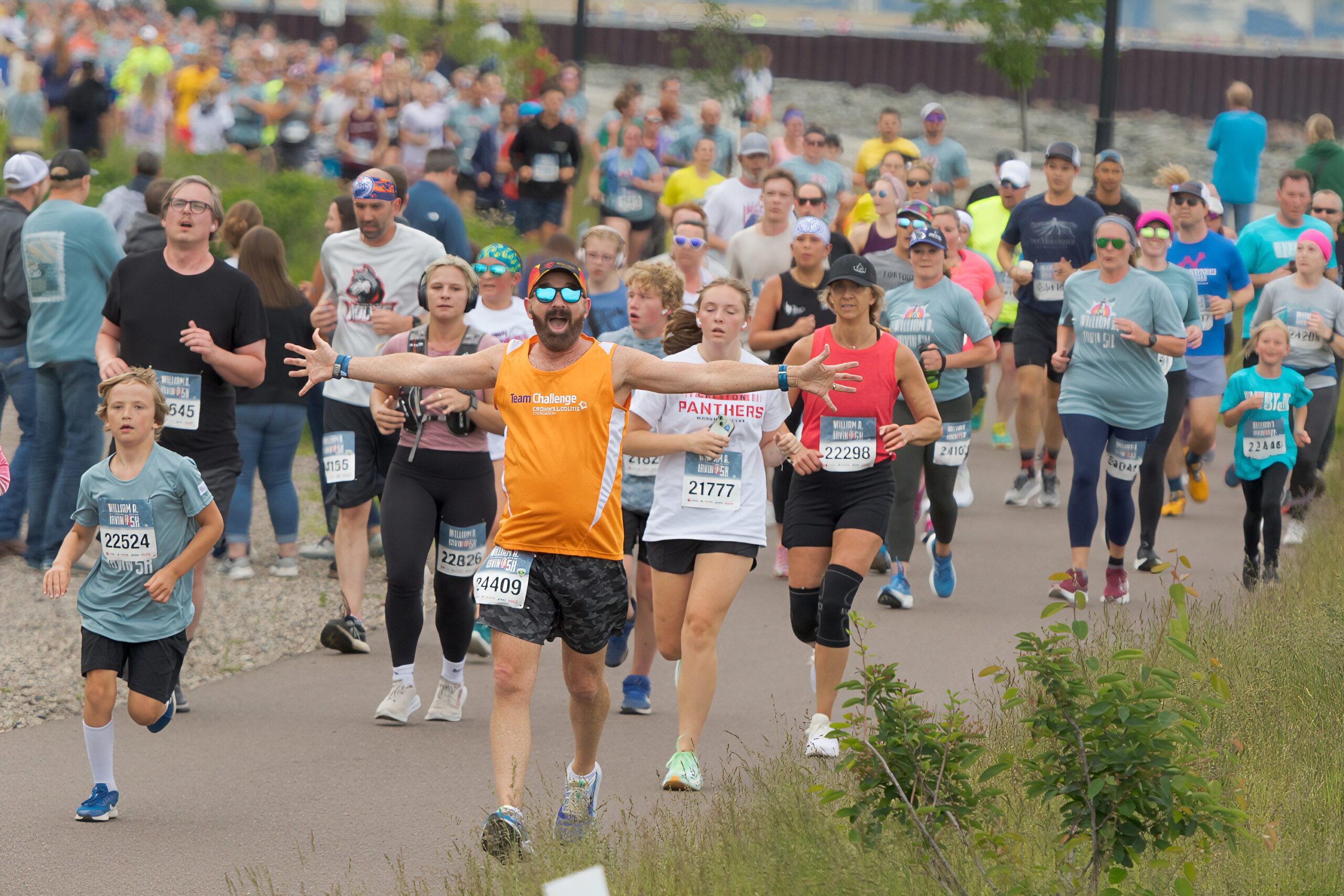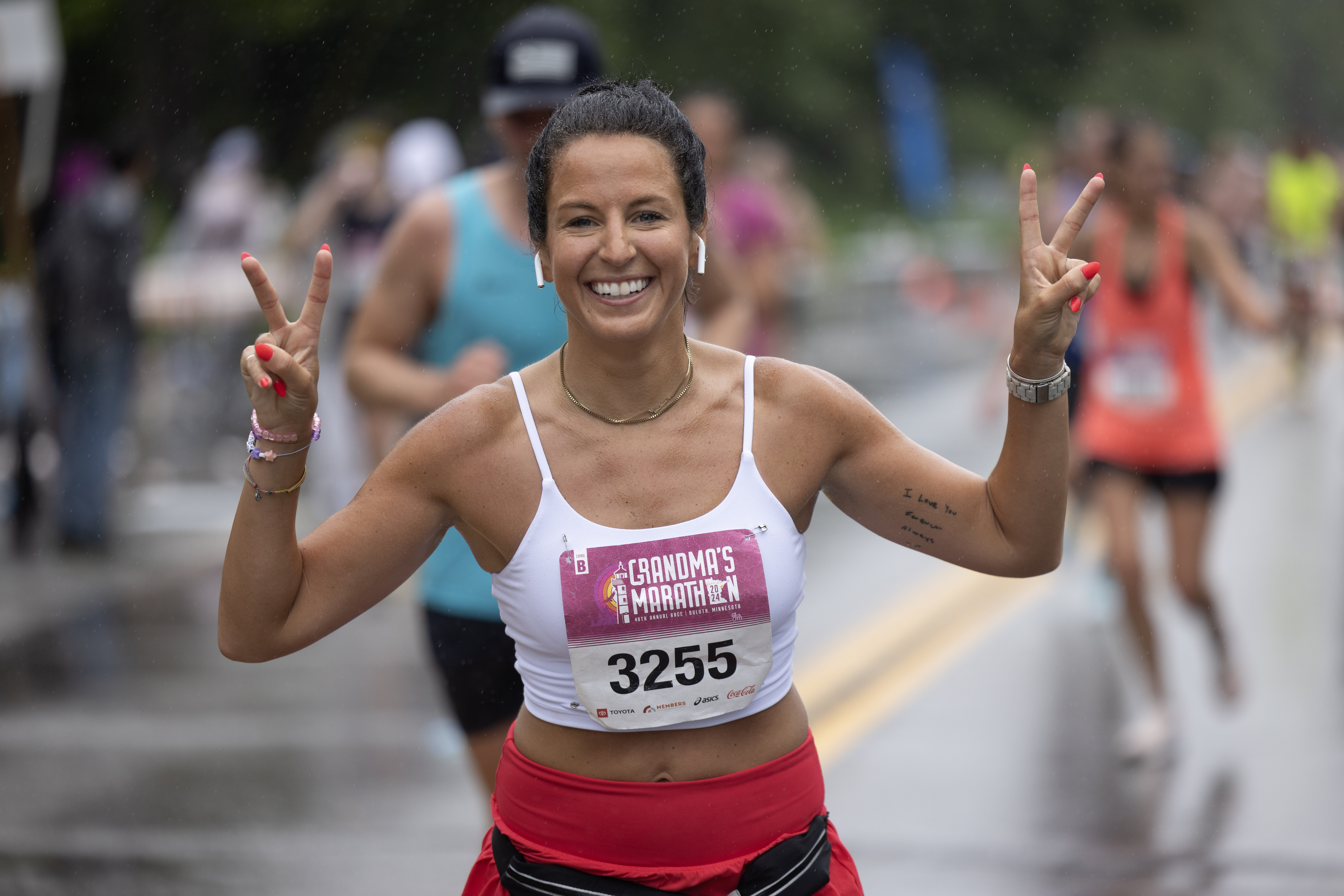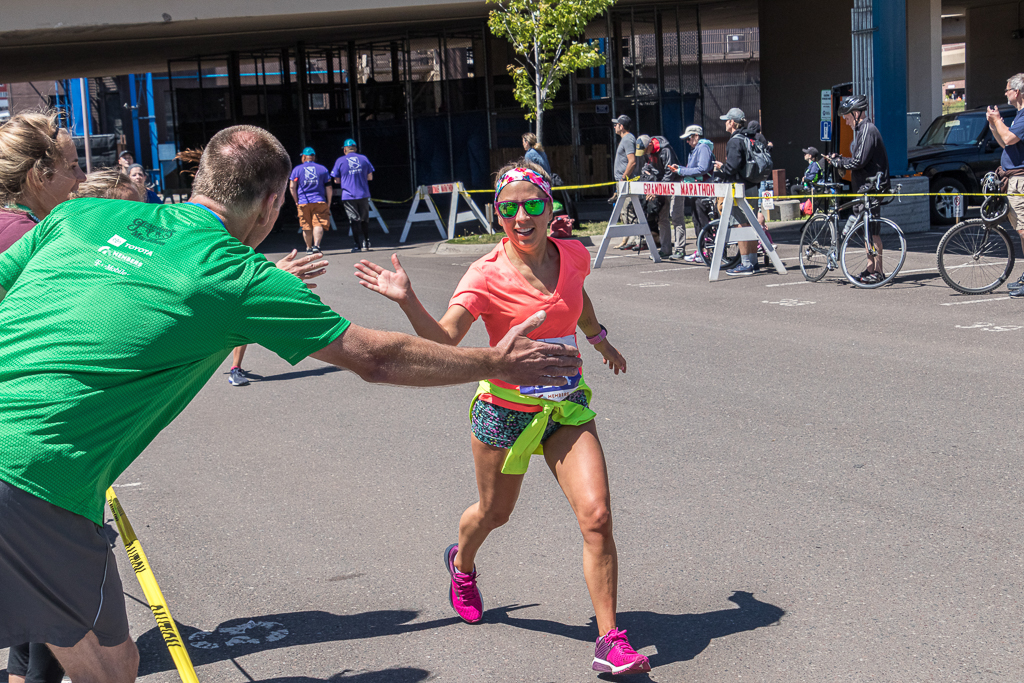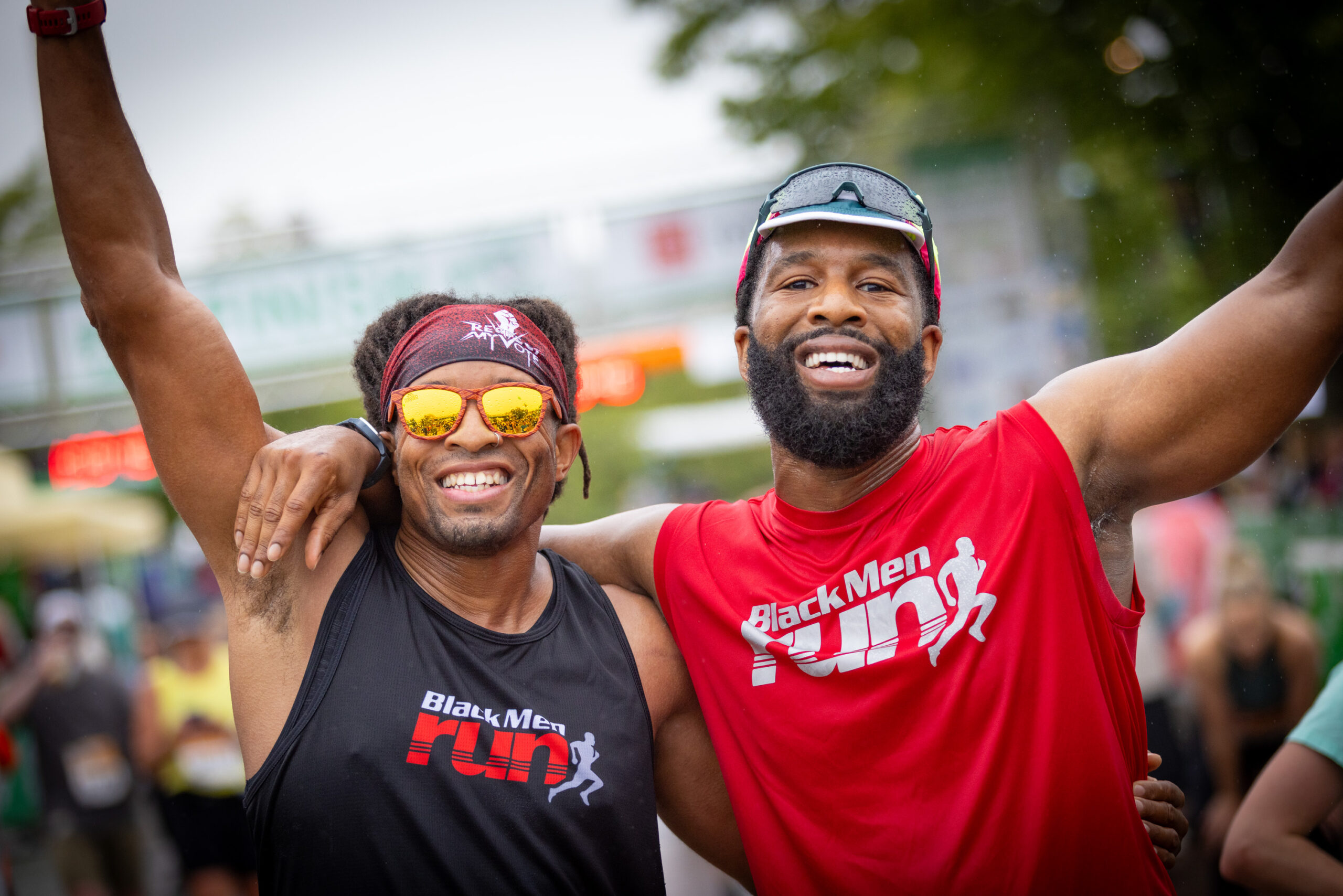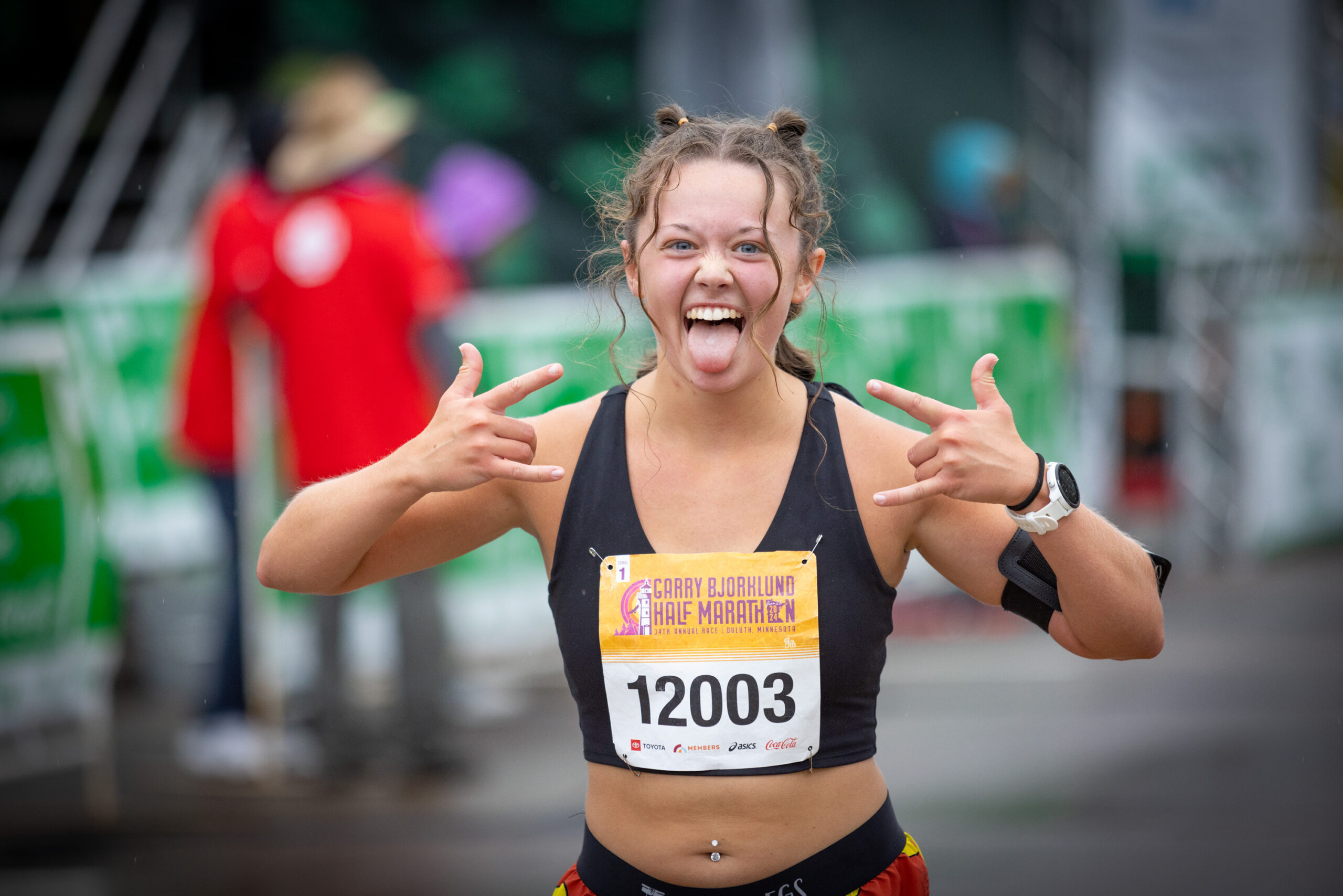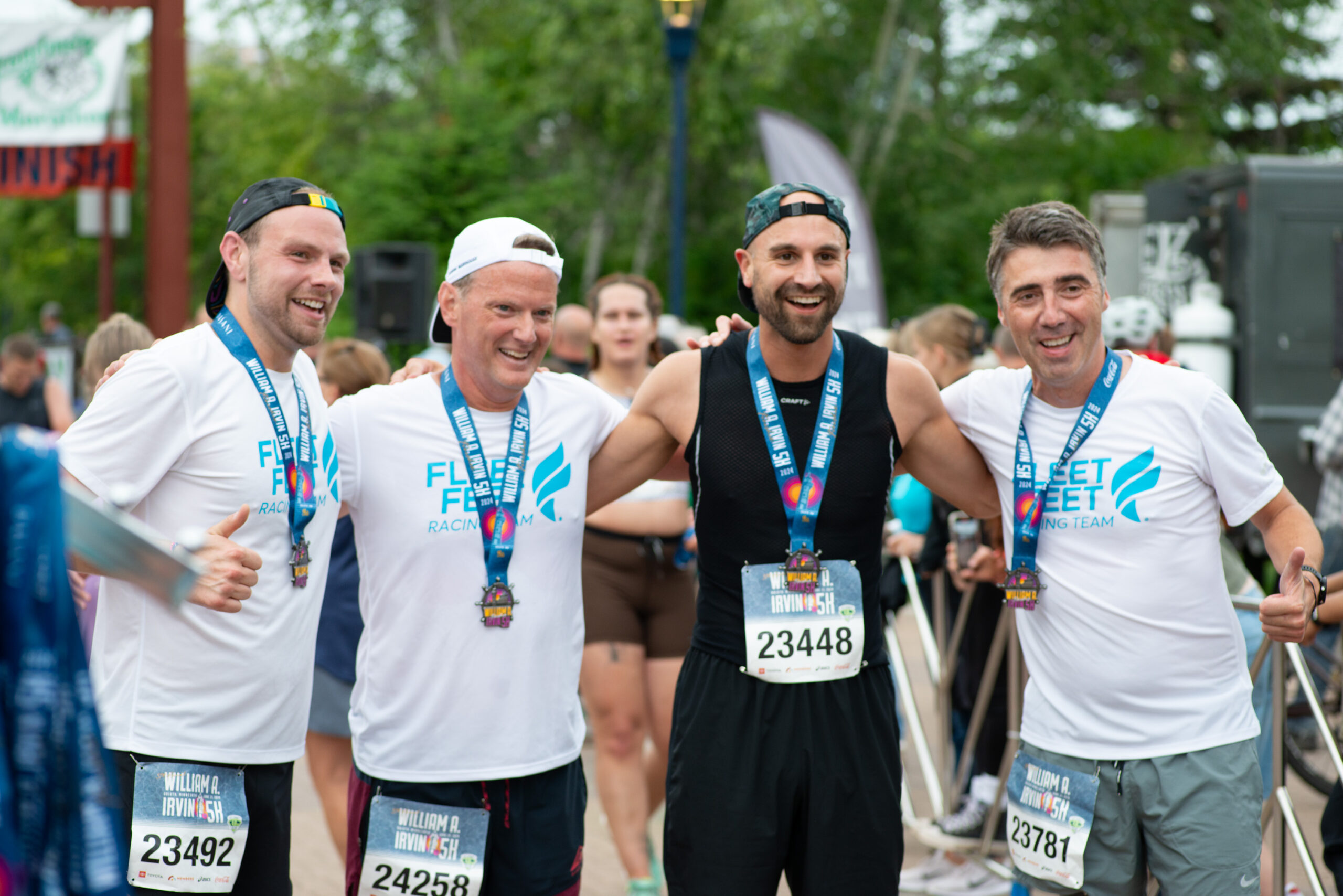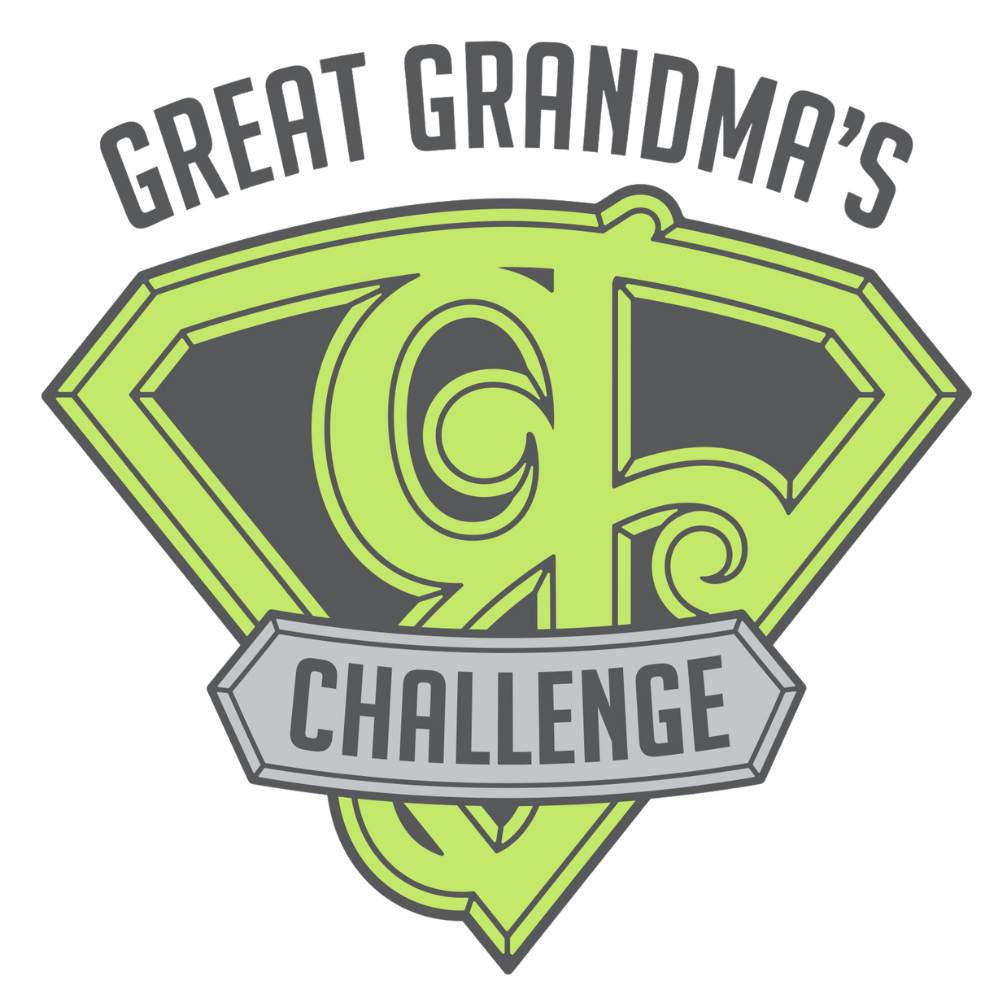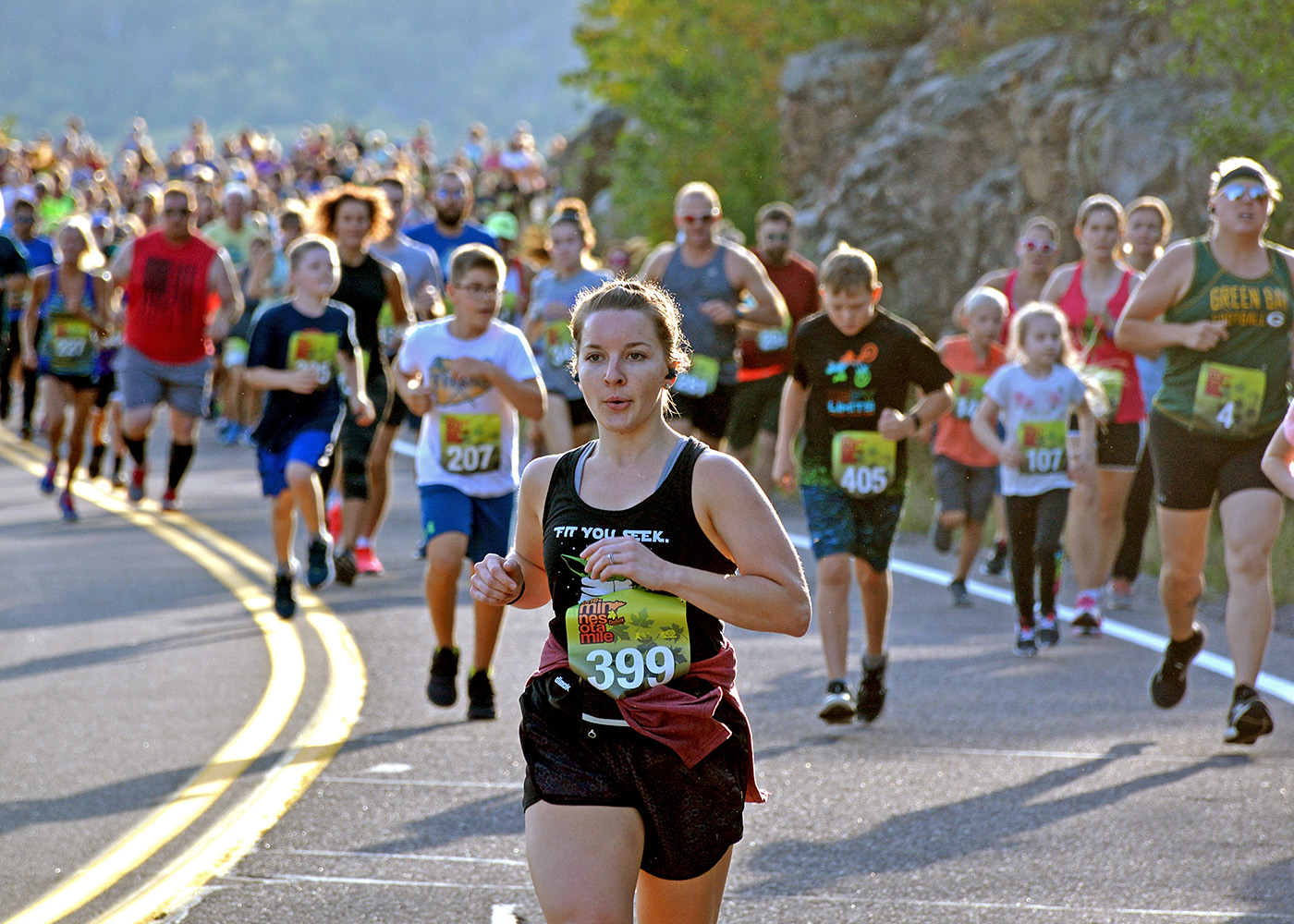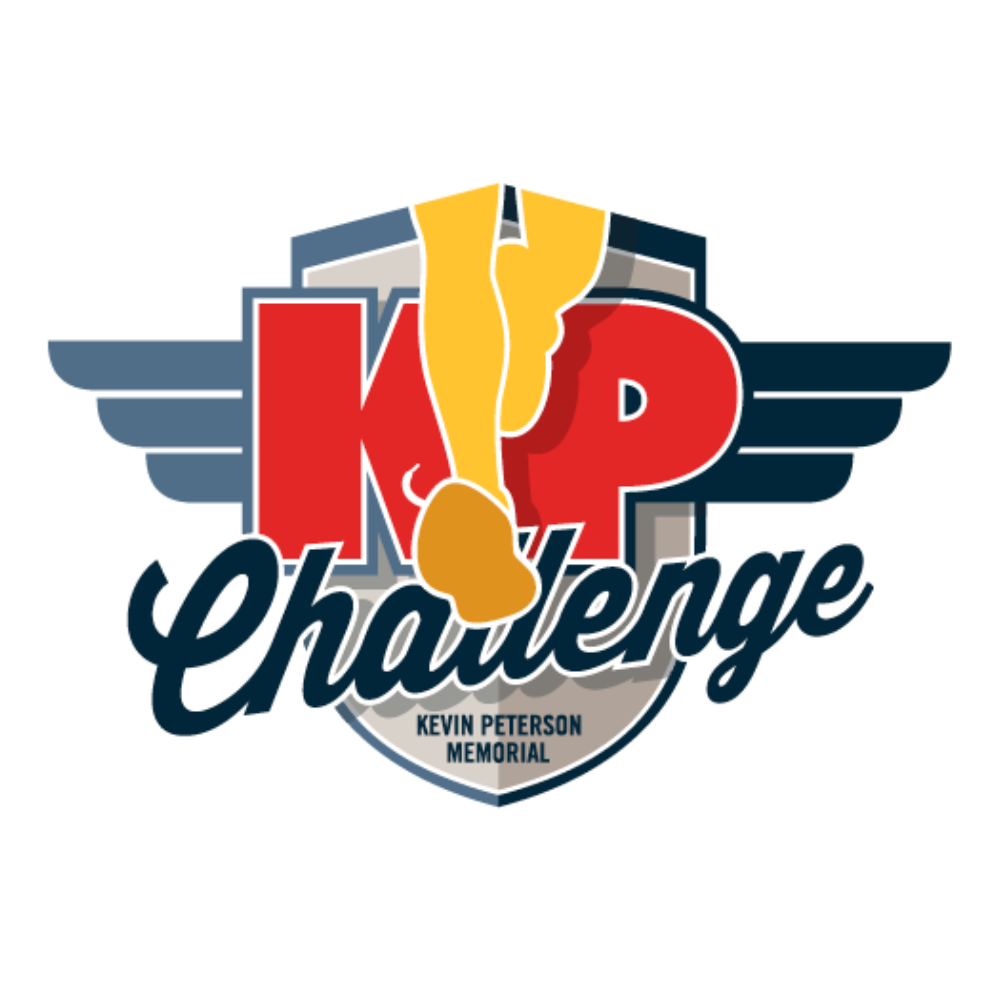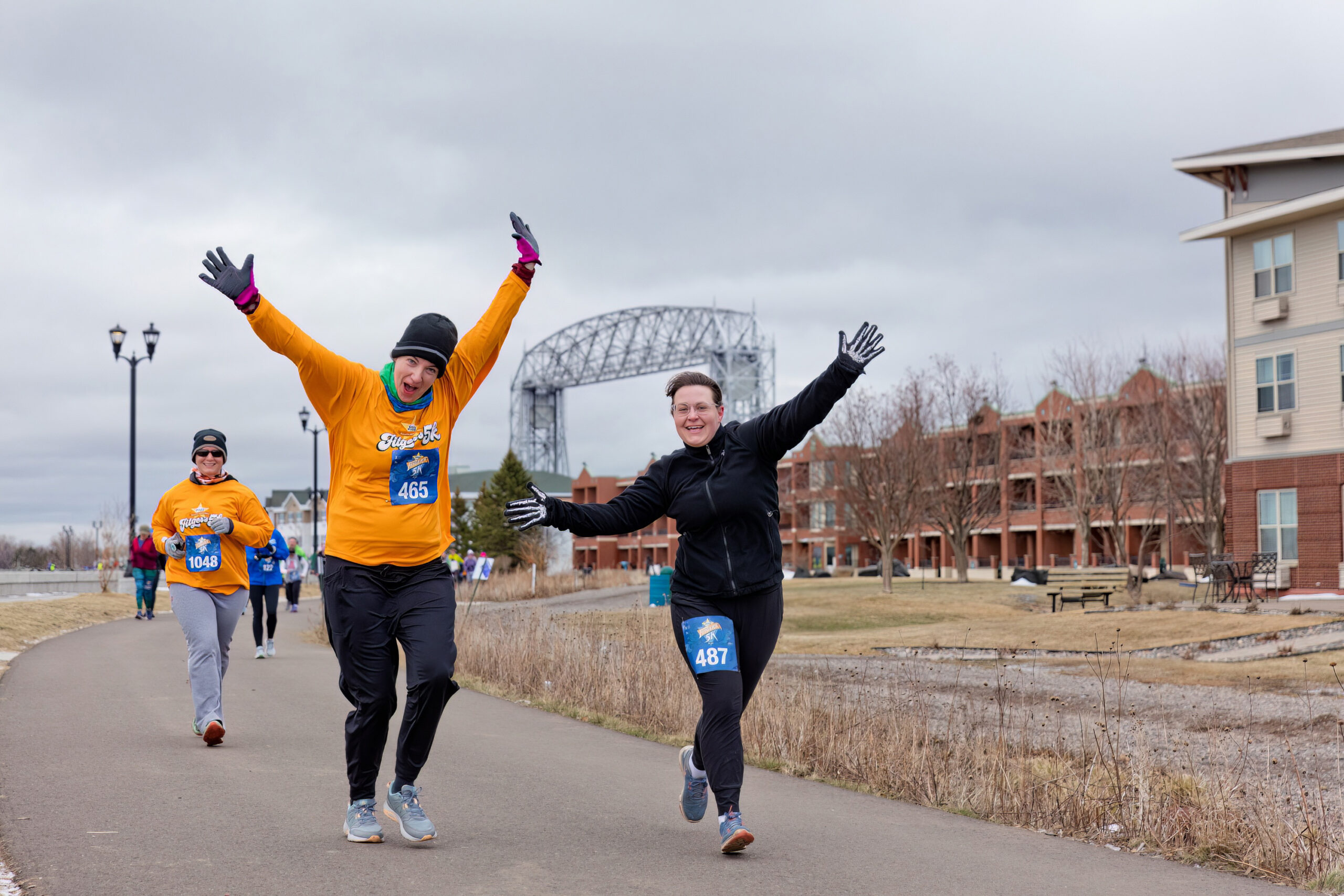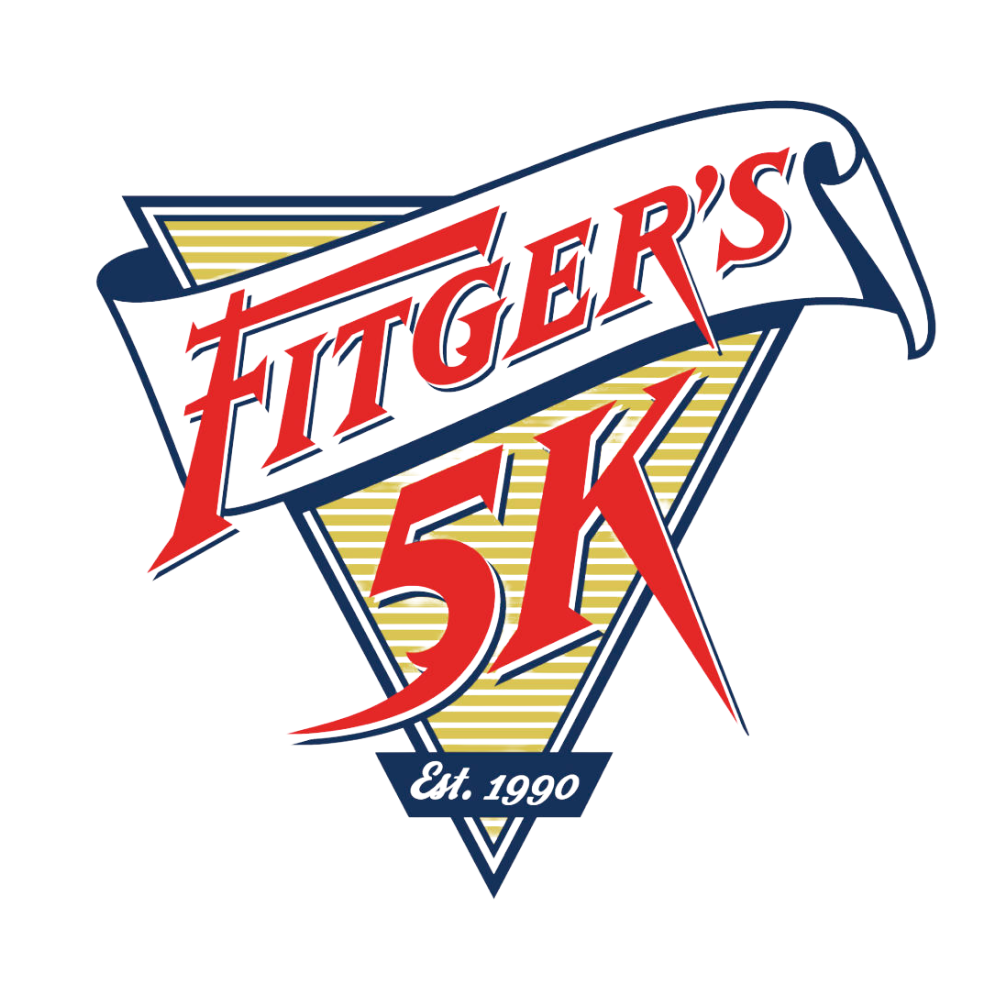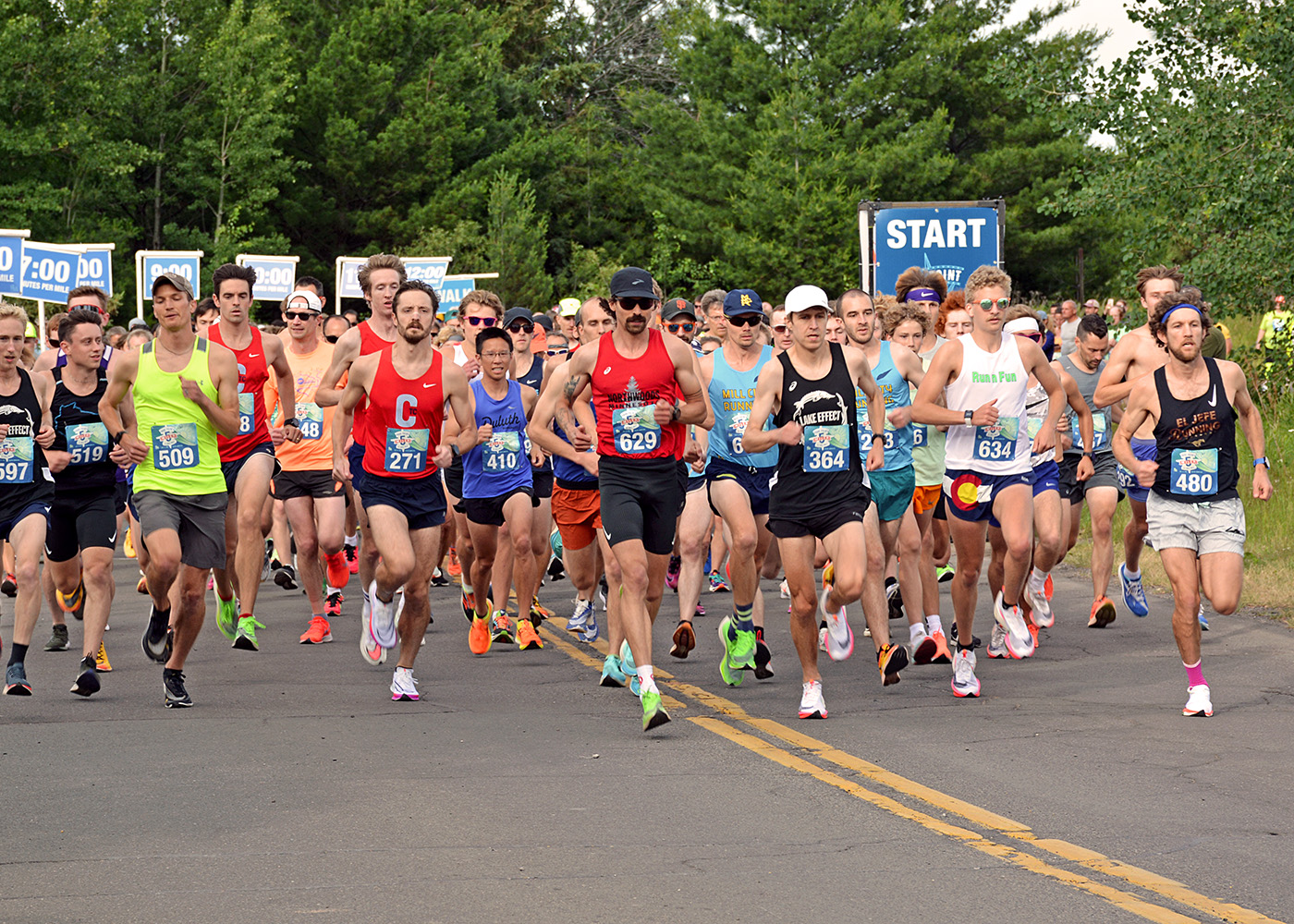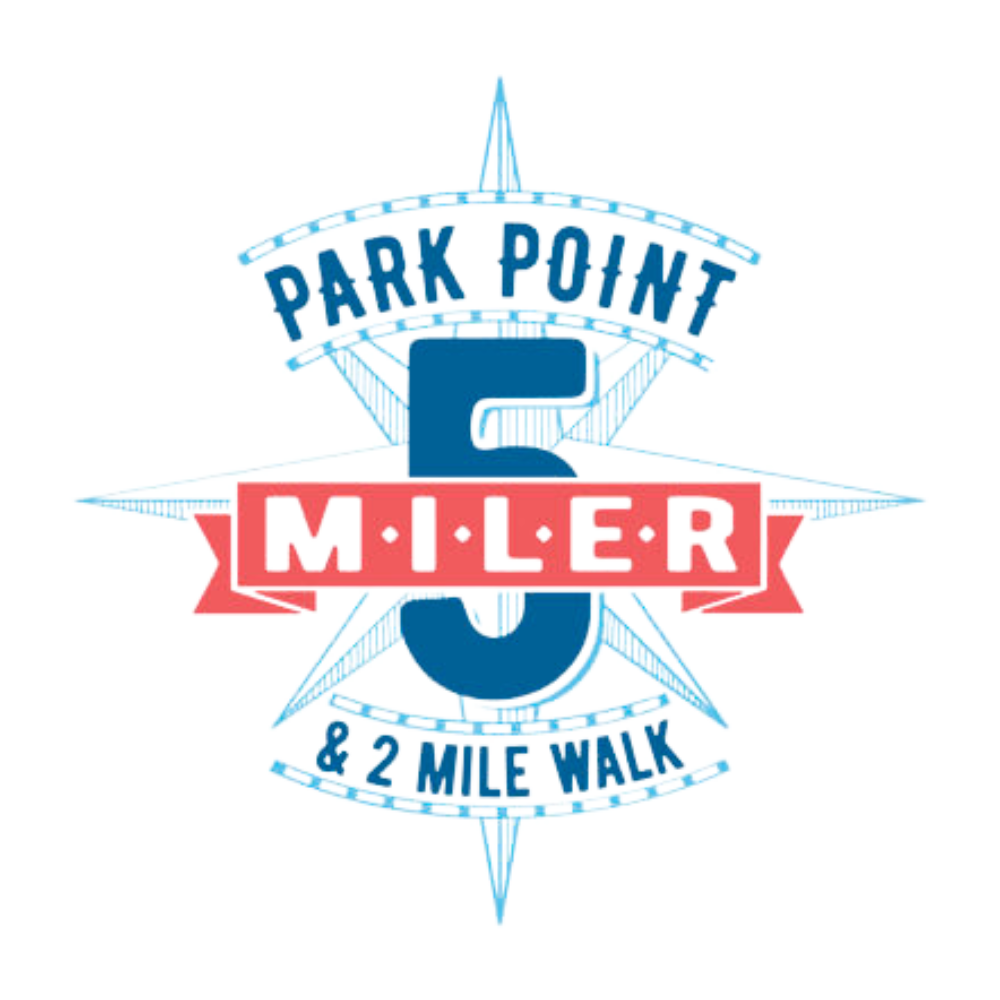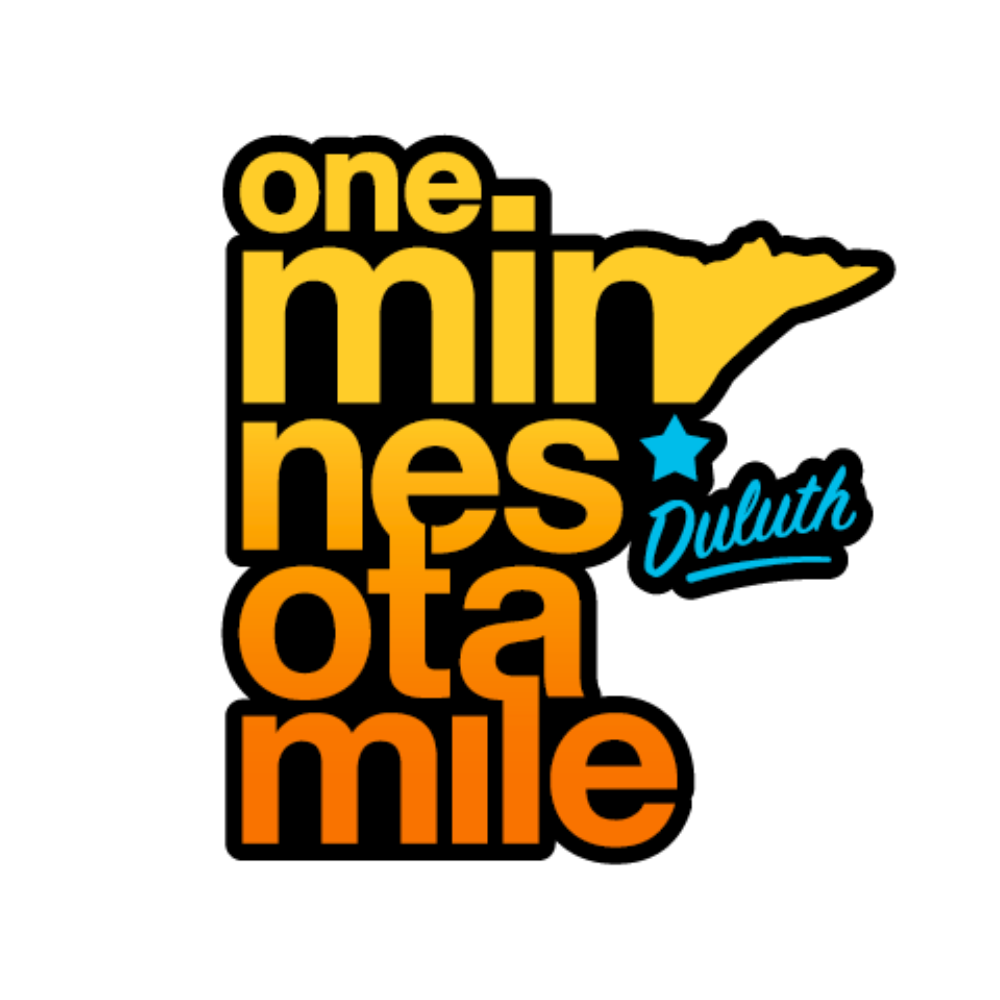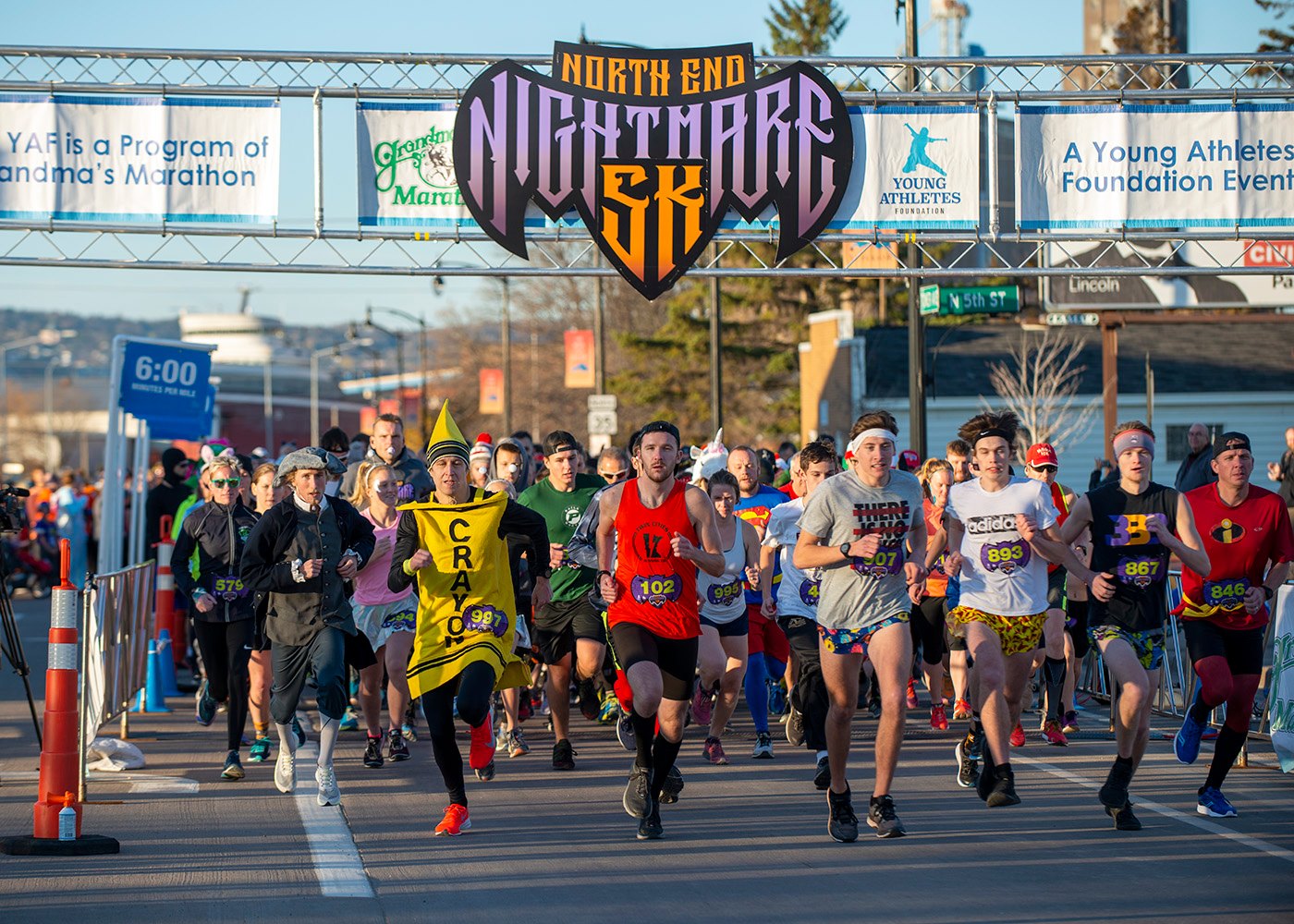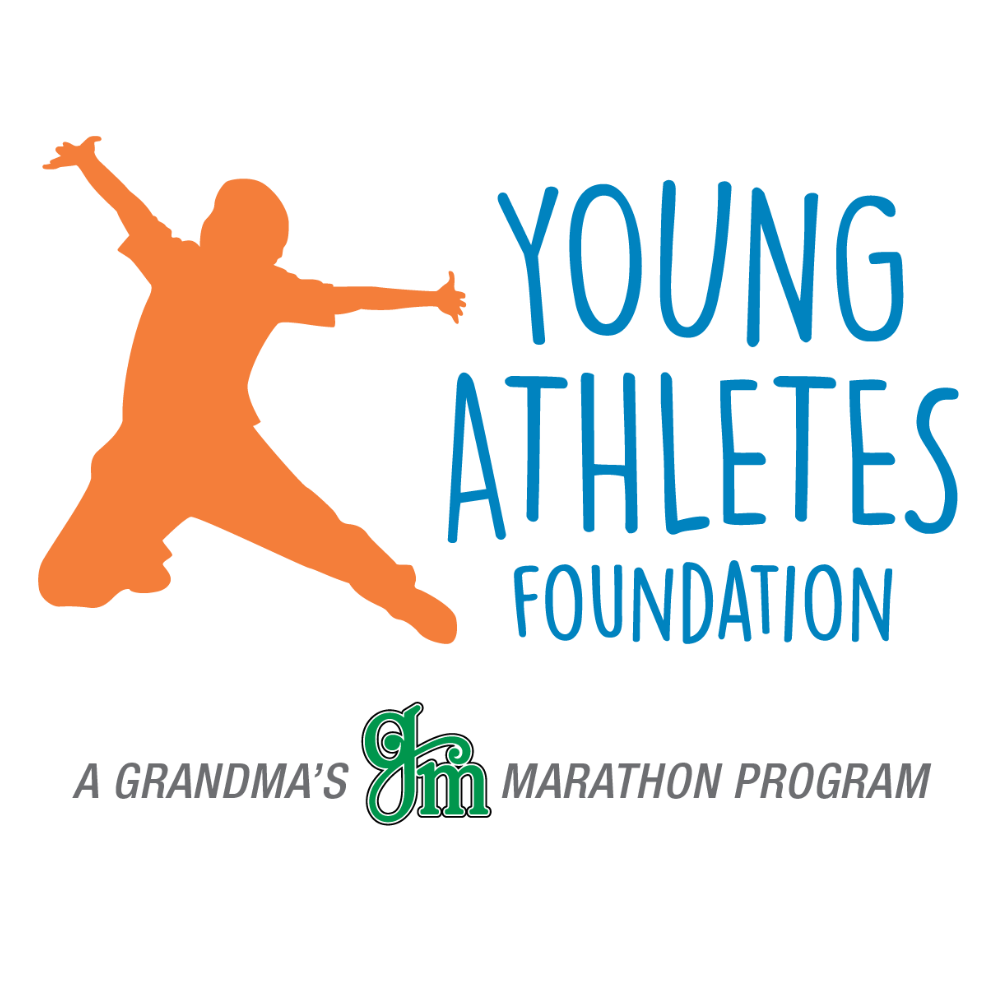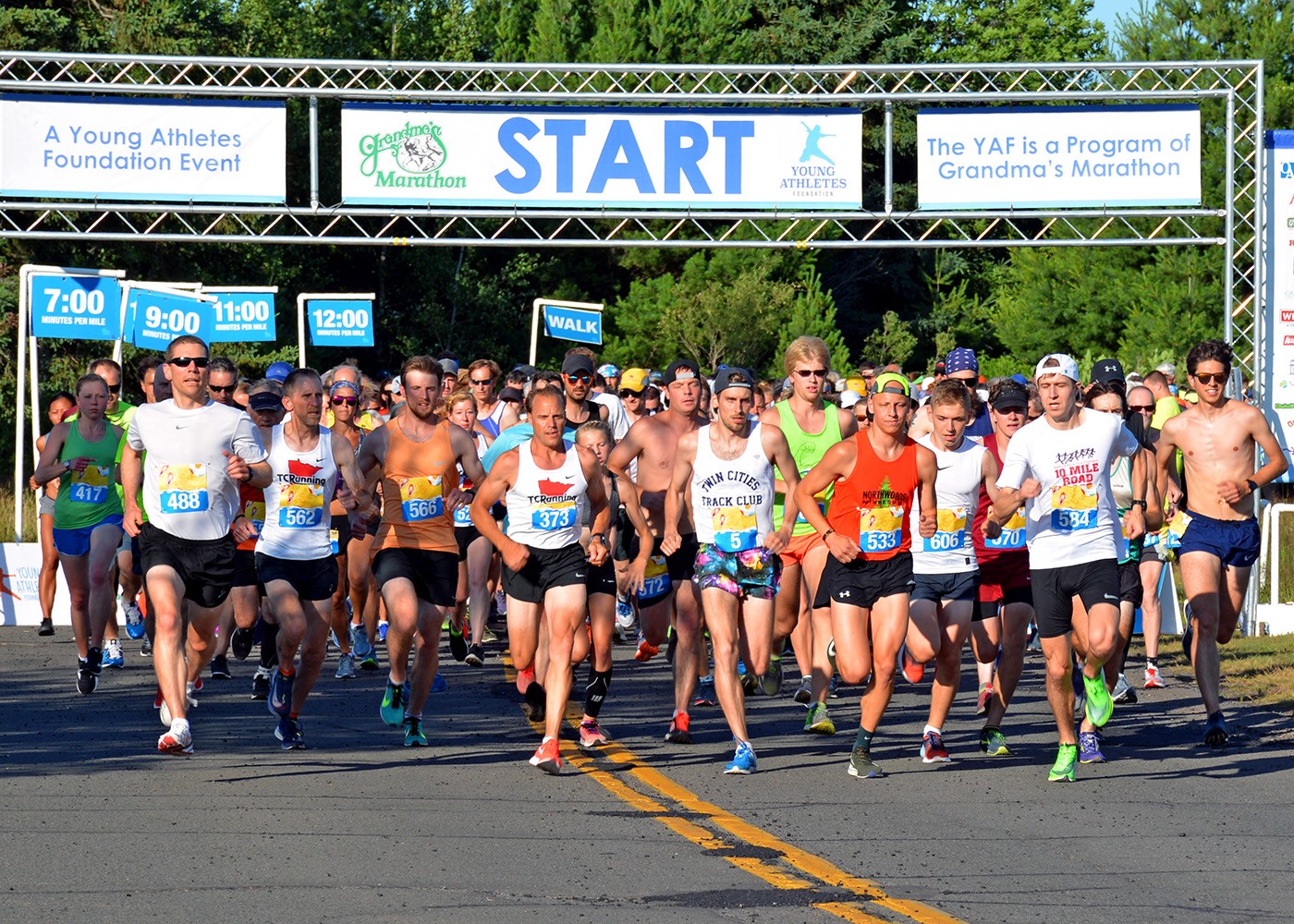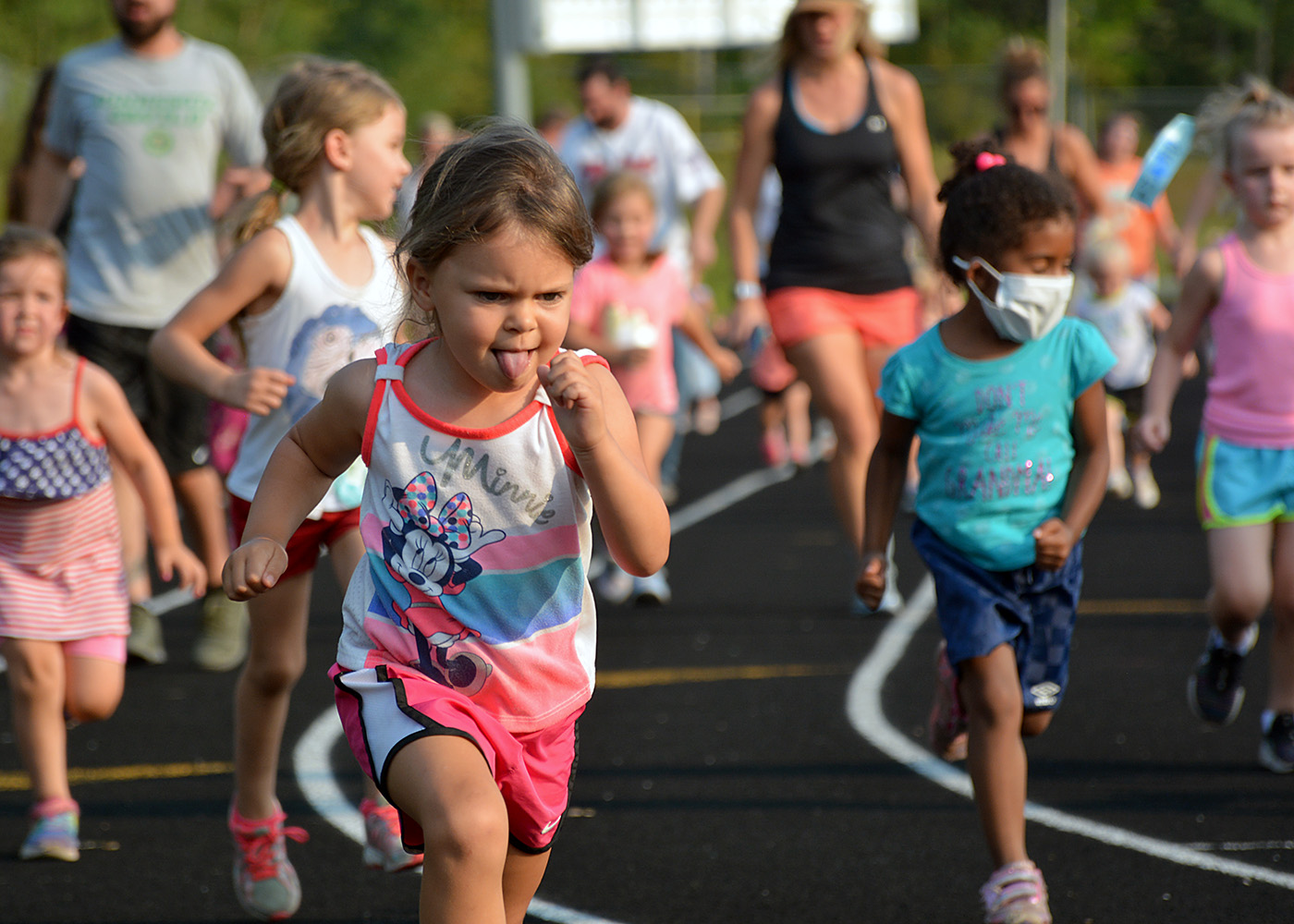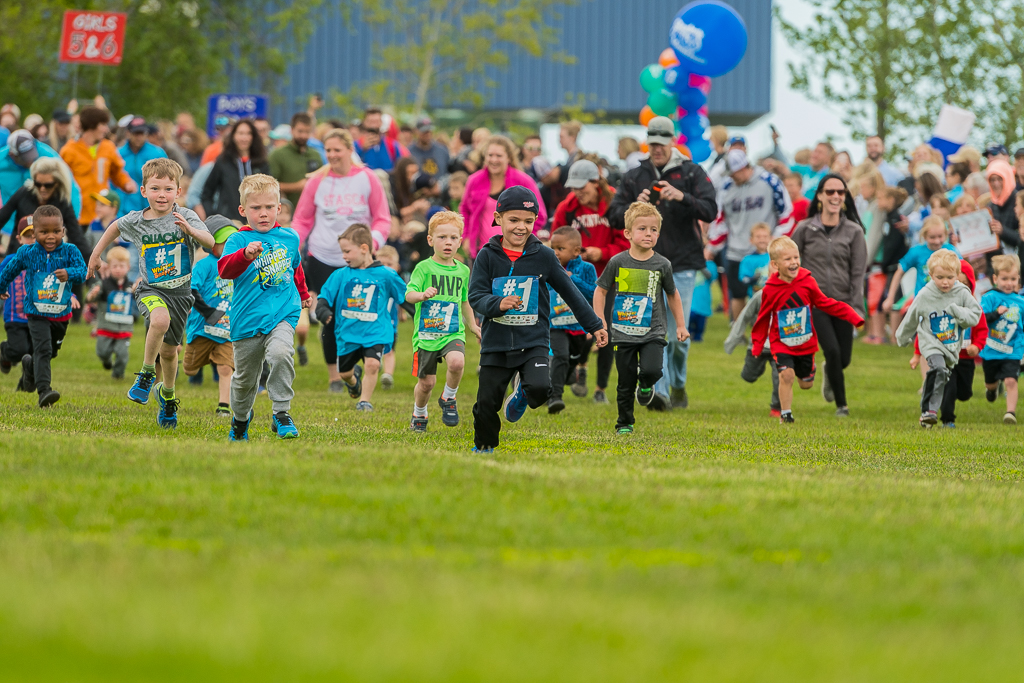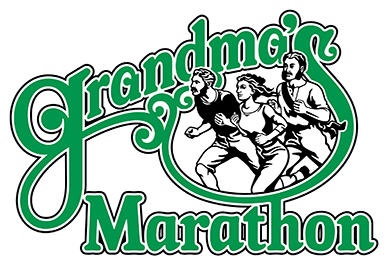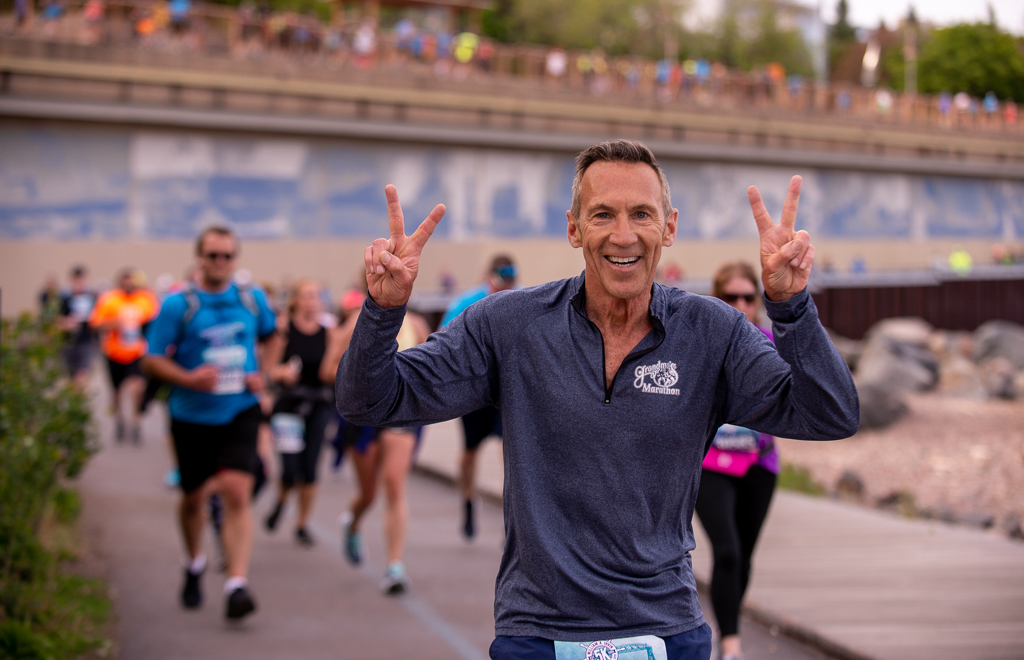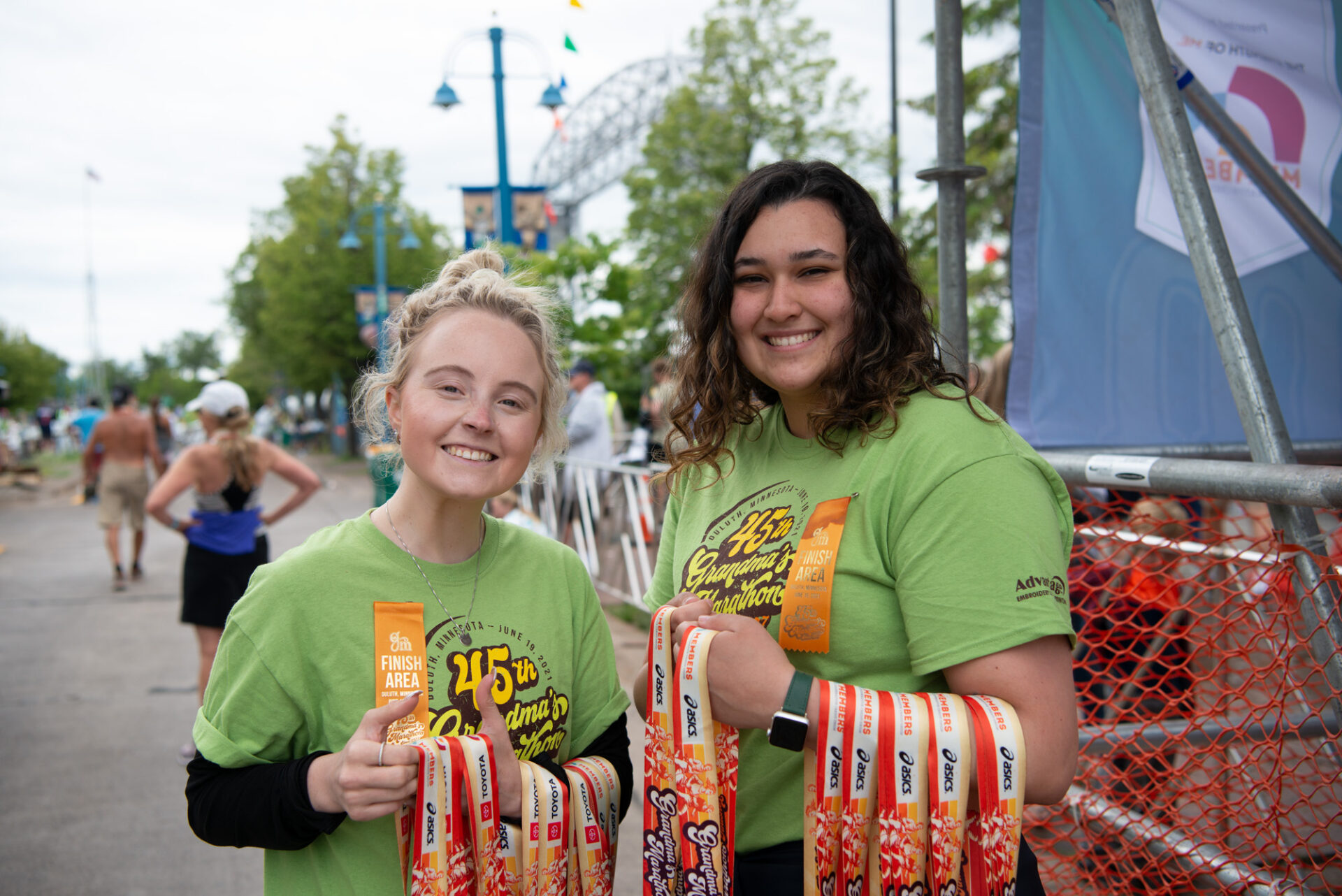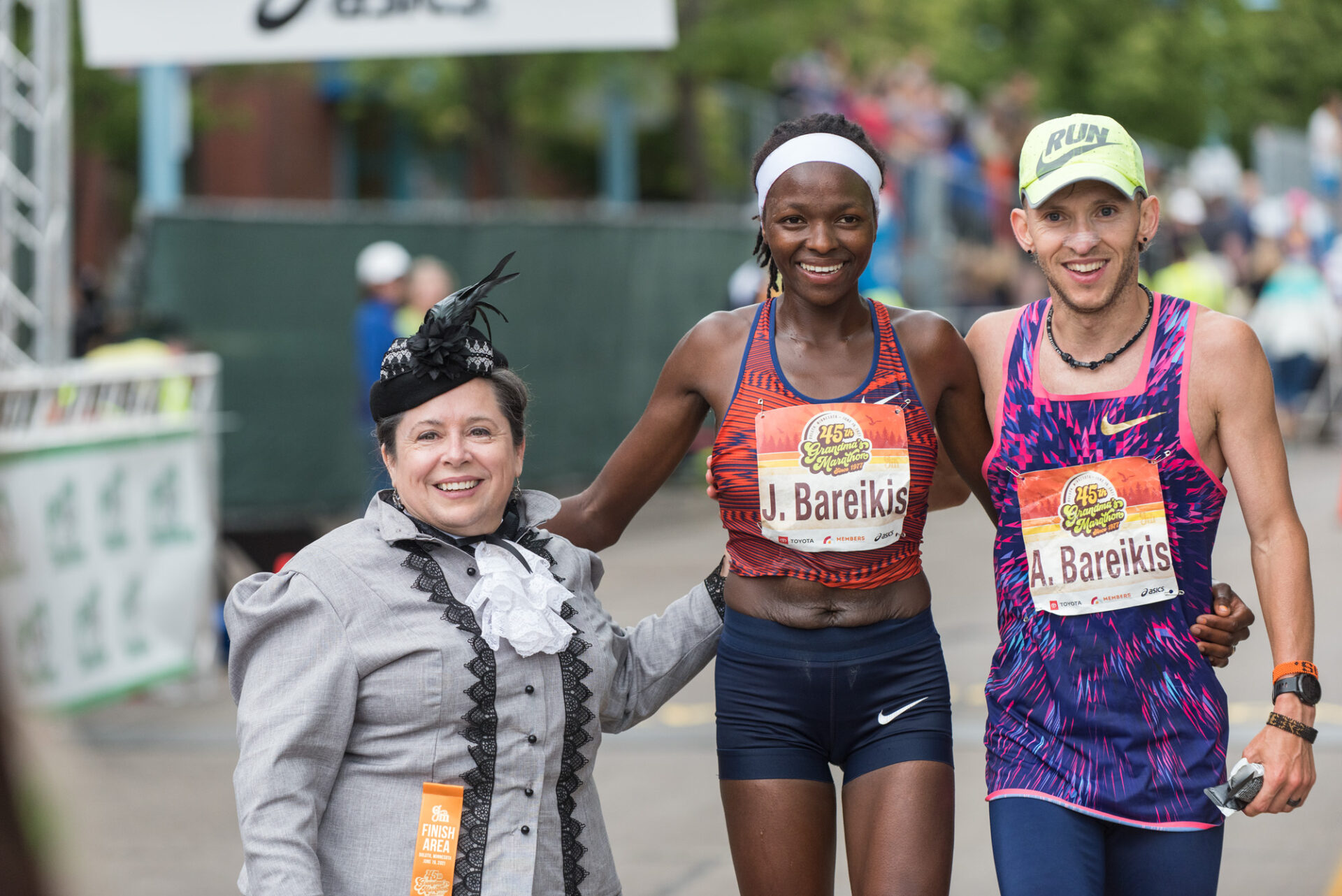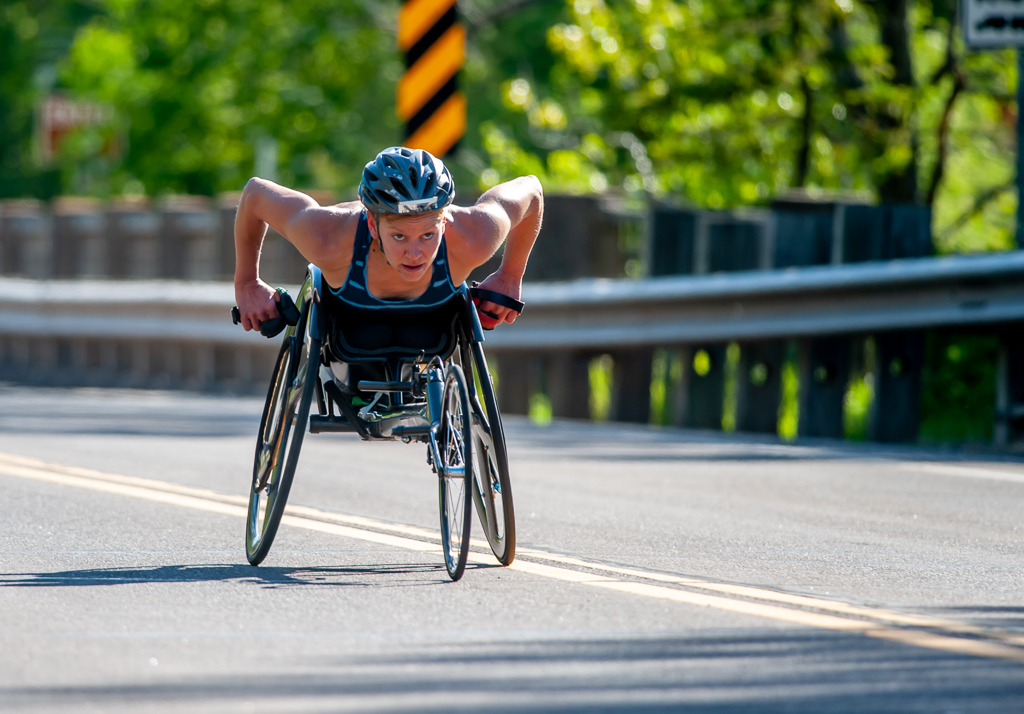If it is your first time running a half or full marathon, you might not have ever needed to eat or drink during a run before. You may also find yourself questioning if it’s really even necessary. I assure you; it is. The unofficial world record in the marathon, held by Eliud Kipchoge, is just a hair under two hours. During distance running, our body uses an energy source called “glycogen” which is stored up in our muscles and liver. Glycogen is created from the carbohydrates we eat. Carbohydrates are found in foods like bread, rice, pasta, fruits, and starchy vegetables. On average, the whole body’s stored amount of glycogen totals approximately 600g. (Nutr Rev) That amount of glycogen can be completely used up in two hours of running. (KSI) Even though Kipchoge’s body likely has just enough glycogen stored up to run for two hours, he still consumes carbohydrates during his marathons to improve his performance. If you are going to be running a marathon in 4, 5 or 6 hours, you absolutely require carbohydrates, because your stored glycogen will be used up a long time before you finish running. Running out of glycogen is what causes the dreaded “bonk” or “hitting the wall” and feeling like you simply cannot take another step. In order to replace glycogen at a rate that the body can digest and then use, we need to consume anywhere from 30 grams to 90 grams per hour of running. This works out to be approximately 2 gel packets per hour (one every 30 minutes).
What types of carbs are best?
Before we get into the details of which types of carbohydrates to eat, I want to emphasize again that your body really needs “simple” carbs during these very long runs. Many of these foods are often looked down upon as “junk food”. As an endurance runner, you should look at these foods as gasoline for your race car. On average, a runner will burn approximately 100 calories running a mile. A marathon is 26.2 miles which is over 2,600 calories. That means you will burn as much during one race as some people eat in an entire day. The sugars that you consume during training and racing will absolutely not detrimentally affect you.
A good place to start is with the type of fuel that will be available to you on the racecourse. Grandma’s Marathon provides packets of Anderson’s Pure Maple Syrup at mile 17. You might find yourself asking. “Just at mile 17? I thought I was supposed to be taking in 2 gels per hour?” You will need to carry some fuel with you. In addition to those packets at mile 17, you will be able to get more at the Essentia Health Fitness Expo when you pick up your race packet. There will also be Powerade at many of the water stations along the course. Powerade has been designed to contain carbohydrates and electrolytes. The carbs in Powerade can count towards your totals for the race. However, it can be nearly impossible to know how many ounces of Powerade you are consuming as you pass through the water station, so I wouldn’t recommend trying to rely on that when making your race day fuel plans. Consider those carbs to be a bonus.
If you practice with Anderson’s and Powerade and find out that those are not things that work for you, other brands that are easily available are Gu, Clif Bloks, Sport Beans or Gatorade. Generic items work just as well as the name brands and Sport Beans are fancy jellybeans.
Train your tummy along with your legs and lungs.
Just like you wouldn’t expect your legs to be able to run 13.1 or 26.2 miles without a lot of training, our digestive systems need to be trained for this event as well. Our stomachs need to rehearse consuming fuel while running. Additionally, not every type of fuel works well for every runner. Gels and chews that are marketed as running fuel are designed to be easy to digest, but it is still important to try them out to make sure that they will be easy for you to digest and not cause you to have bloating, pain or other symptoms.
Next, let’s talk about how to execute your fueling and hydration plans on race day.
A common strategy for some distance runners is to walk through the water stations. This allows you to get a brief recovery. At busy water stations, it can also help you be sure you will grab a cup instead of knocking it over! Another very popular option is to carry your own small handheld bottle or wear a fuel belt. As the distance of your long runs creep up, you should be practicing whichever method you plan to use. You will wat to be sure that you can comfortably wear or carry something if that is your plan.
It is widely accepted in the medical and sports performance communities that consuming enough carbohydrates is necessary for good performance during endurance exercise as well as appropriate recovery. Eating a diet low in carbohydrates can slow you down, make running feel more difficult, and cause your muscles to feel more fatigued following training and racing.

Cristina Nistler
Cristina Nistler MS, ATC is an Athletic Trainer with Essentia Health.
She has run 10 marathons, including two Grandma’s Marathons. In her role with Esssentia Health, she serves as a medical liaison for Grandma’s Marathon Weekend. In addition to providing medical care on race day, she will assist in preparations leading up to the mid-June event while doubling as a runner resource for training tips and safety advice.
Sources
https://ksi.uconn.edu/2018/10/09/the-first-time-marathoners-guide-to-fuel-and-hydration-for-your-marathon-training-self/
The Role of Skeletal Muscle Glycogen Breakdown for Regulation of Insulin Sensitivity by Exercise, Jensen, Jorgen. Frontiers in Physiology, 2011.
Fundamentals of glycogen metabolism for coaches and athletes, Murray, Bob. Nutrition Reviews, 2018.

